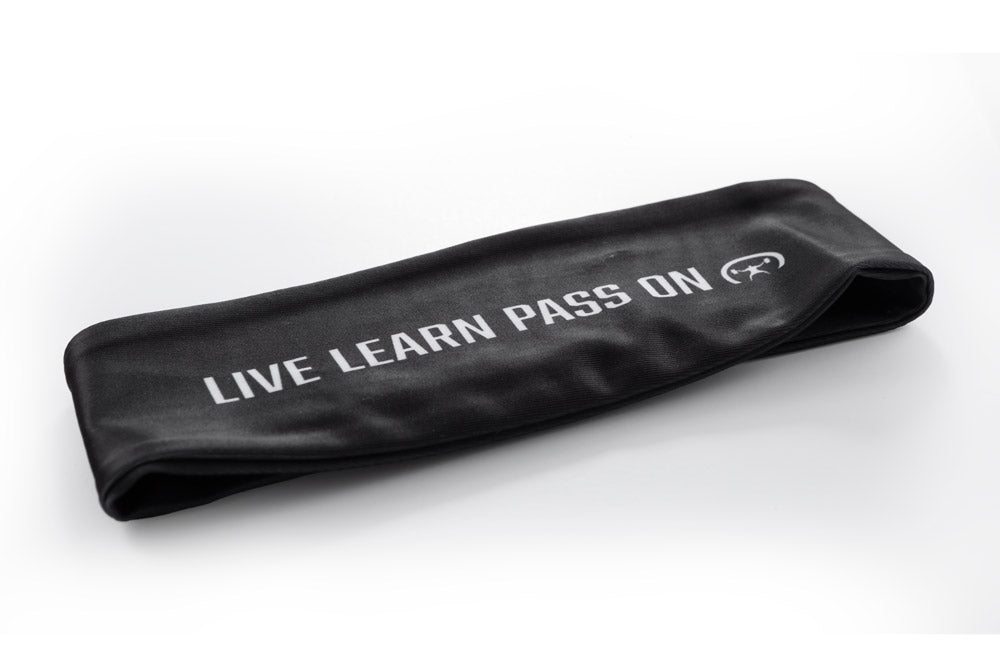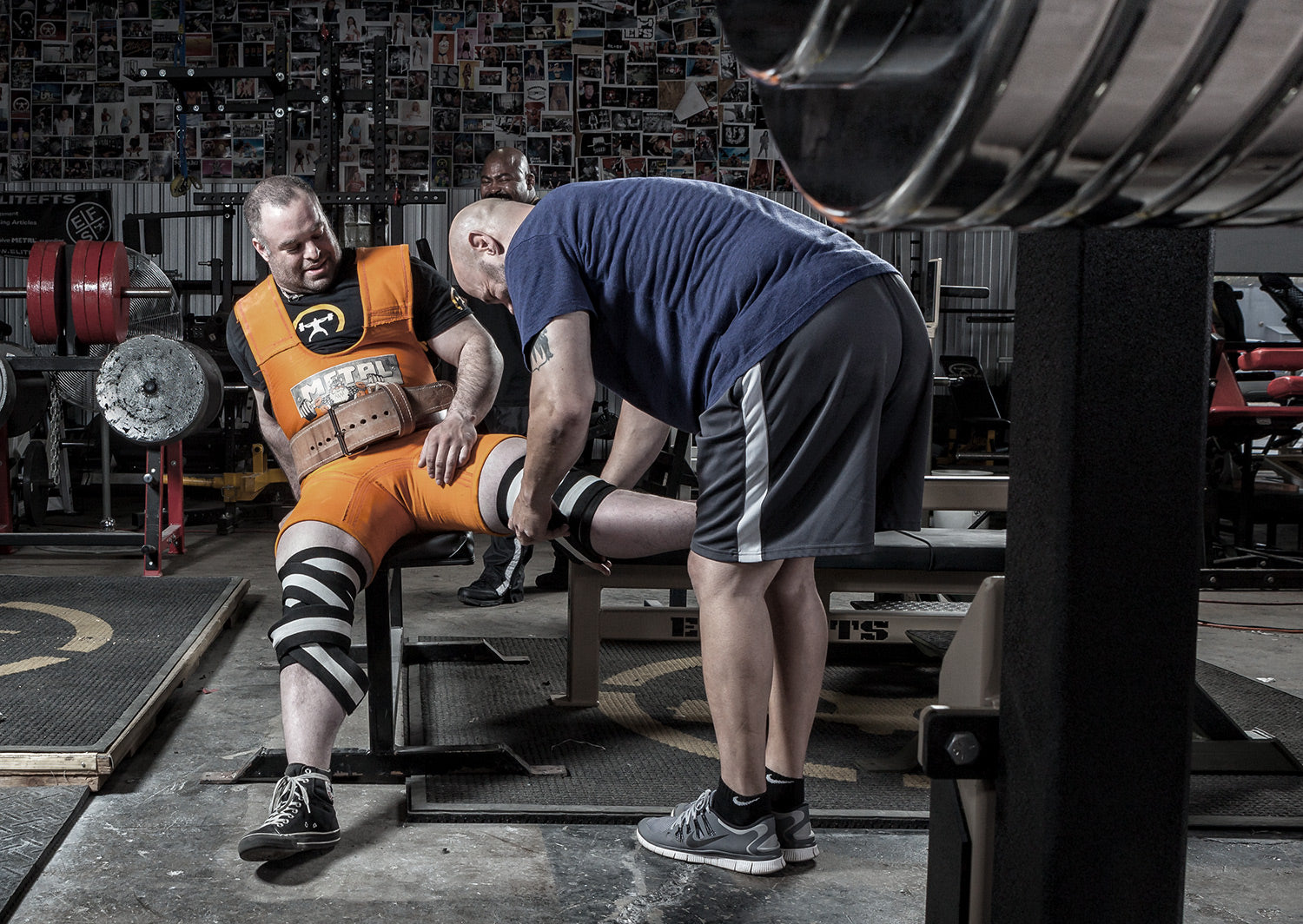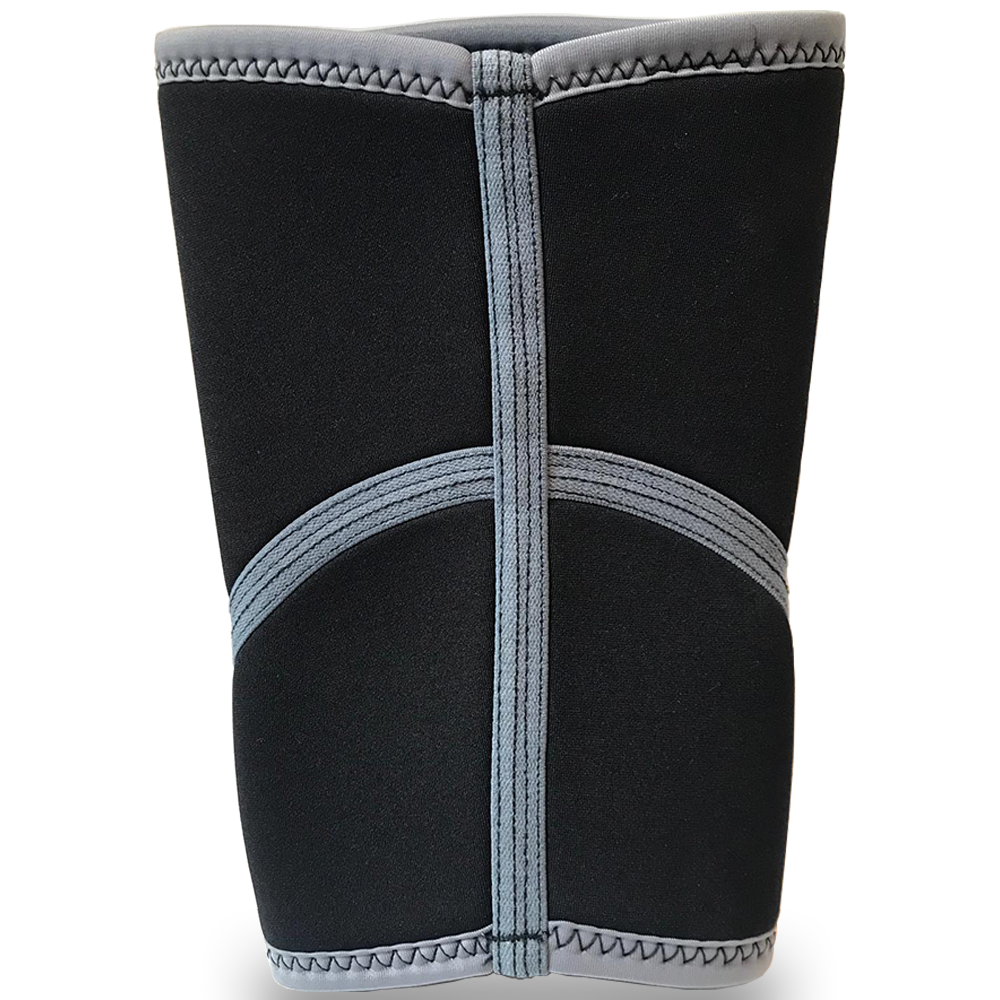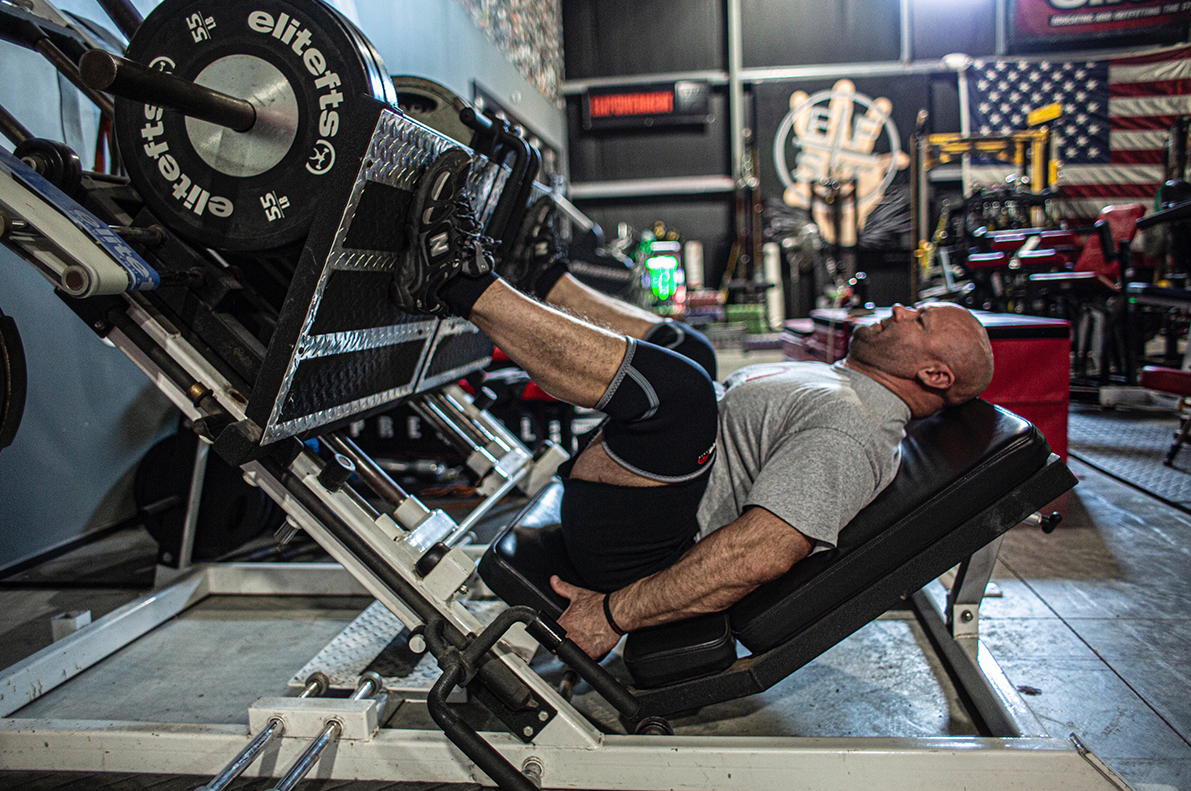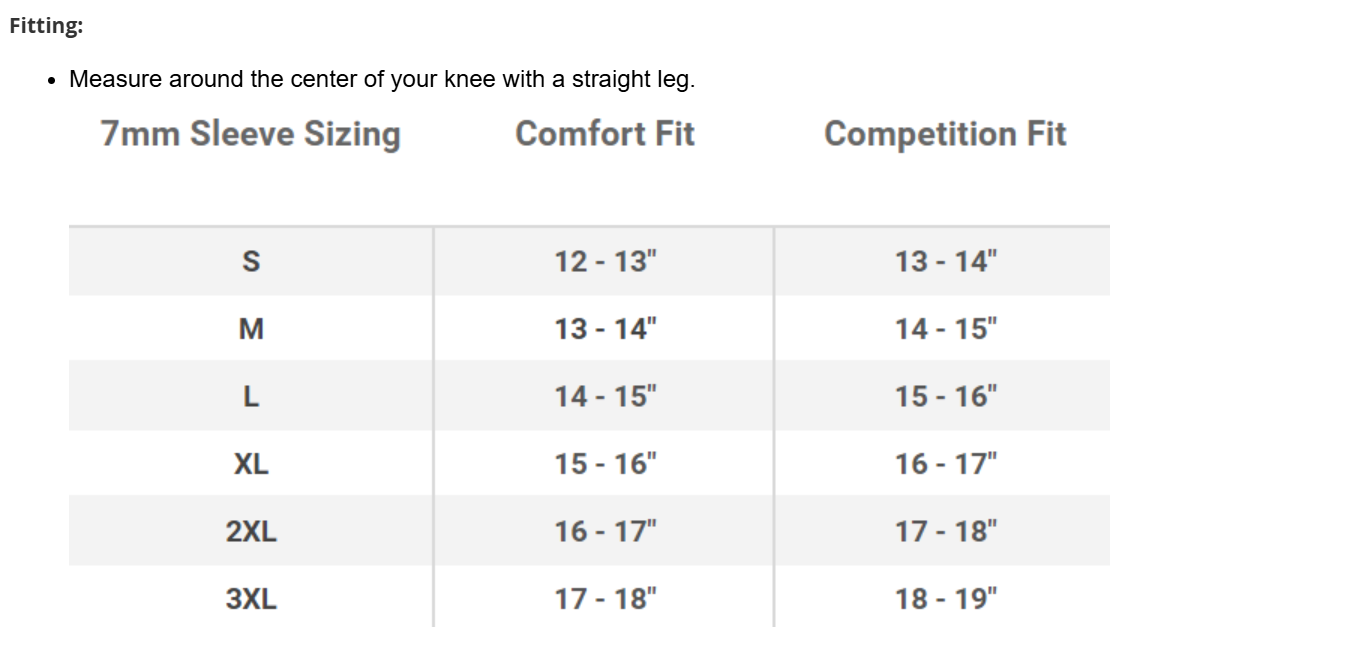elitefts™ Sunday Edition In his last, unfinished work, Special Strength Training, Yuri Verkhoshansky says, “One of the most basic concepts of modern sport training methodology considers the training load not simply as a ‘set’ (complex) of different means and methods but as a monolithic whole (system) of training stimuli on the organism, chronologically gathered in a certain way" (pg. 125). When considering sport training as a system, Verkhoshansky views the way that the overarching organization of various training means results in a synergistic effect that is greater than the sum of the effect of each of the training means considered separately as most important. Earlier in the same book, he says, “System thinking is based on Aristotle’s idea: ‘The whole is more than the sum of the parts.’” Aristotle is famous for using this idea to analyze the fundamental structure of the world. At the basis of his analysis was the notion of a substance, an individual thing that was able to undergo change (i.e., become hot or cold, fat or thin) without being destroyed and that has a definite direction or tendency to act in a specific manner. An example from chemistry can make this clear. Take oxygen and hydrogen. Each have very distinct properties, are flammable, and are gases at room temperature. However, when bonded together in a distinct way, they form water. The properties of water are very different from those of either hydrogen or oxygen. In this sense, water isn't reducible to hydrogen or oxygen. Water is a new substance even though it is composed of hydrogen and oxygen. Hydrogen peroxide is also made of hydrogen and water, but its properties are different from either water or hydrogen and oxygen. They are different because the parts are ‘arranged’ differently. Aristotle was primarily concerned with the way that various elements join together so that they result in some distinct, new thing. And this is what Verkhoshansky is concerned with as well when he discusses sports training as a system.

© Phdog |
Stock Free Images
&
Dreamstime Stock Photos

Verkhoshansky notes that “[t]he Maximal Effort Method is usually used for the development of maximal and explosive strength without significant increases in muscle size” (pg. 70). This type of training—typically above 90 percent of 1RM—results primarily in a neurological adaption by which more muscle units are recruited, greater synchronization between action potentials is achieved, and the prime movers and synergists interact more efficiently. Dynamic effort training also promotes particular neurological adaptations, particularly rate of force development and, because lighter weights are used, motor learning, enabling one to more efficiently execute the particular exercise in question. If used separately, the two training means could potentially result in either a very slow lifter or a very fast but very weak lifter. Often times, dynamic effort work is treated as a lull in training, fluff in between the meat and potatoes of max effort work. However, if it is executed properly, it will help a lifter develop speed, enabling him to capitalize on better leverage at particular portions of an exercise and thus generate momentum to drive through portions of a lift where his leverage isn't as good. In other words, it will help him drive through sticking points. If it were isolated in a separate training block, it would likely result in a loss of maximal strength, but by rotating it with higher intensity work technique and rate of force development are improved in such a way that it contributes to greater performance in max effort attempts. The same can be said about max effort work done in a separate block. This could likely result in an increased incidence of technical flaws as well as a decreased rate of force development, but in concert with lighter lifting, it results in a more explosive and efficient lifter. These same points apply in the relationship between the repetition effort and both the max effort and dynamic effort. The former promotes primarily hypertrophy, but done for an extended period of time (as a bodybuilder might train), one would likely lose both strength and power. Nonetheless, by doing a rep day in a cycle with speed and max effort work, the neurological adaptations of the latter forms of training are maintained so that increased muscle size, by allowing for better leverage, serves to promote muscle strength. Lilly’s insistence on performing biceps curls on his fourth repetition effort day provides an example of this. It is unlikely that biceps’ size or strength is strictly correlated with bench press strength. The average bodybuilder likely has bigger biceps than the average powerlifter but a lesser bench. Even so, it is likely that increasing one’s biceps size will go great lengths to increasing one’s bench. All things considered, bigger biceps make for an easier bench.

Aside from the above mentioned concern regarding the combination of different training means in a temporal sequence, which Verkhoshansky terms “the principle of training stimuli concordance,” two other related principles are mentioned (pg. 126). "The principle of training stimuli continuity” directs that training means should be balanced with the appropriate rest periods. This in particular is addressed by the Cube Method. By limiting max effort work to once a week, greater recovery is facilitated. Verkhoshansky calls the third principle for properly structuring a training system “the principle of the positive interdependence between the different training stimuli used in sequence” (pg. 127). This “implies that the preceding load creates favorable conditions for achieving the training effect of the subsequent load” (pg. 127). This, too, is clearly apparent from the above discussion. Max effort work is the foundation of the explosiveness developed in dynamic work, and both of these training means prepare one for repetition work. A stronger athlete will typically have greater absolute endurance. But the sequential nature of the Cube Method ensures that prior dynamic and repetition work will prepare one to handle heavier weights in max effort work. The Cube Method provides an example of a system of training as described by Verkhoshansky. By organizing different training means in a rotation, the Cube Method allows the means, which individually produce different effects, to interact and produce an effect that is irreducible to the sum of the individual parts. In this respect, the Cube Method is very similar to Louie's conjugate system. So the construction of a system of training requires that one consider how all the pieces fit together to form a new whole. Each training means and the result it will produce can only properly be considered by understanding its relation to the other pieces. Like Aristotle’s substance, a properly constructed training system possesses a unity and order, and this results in a synergy between training means such that the result is greater than the sum of the individual training means. All quotations are taken from the
Special Strength Training Manuel for Coaches by Yuri Verkhoshansky and Natalia Verkhoshansky, published in Rome, Italy (2011). The Cube Method is not endorsed by elitefts™, the company's owners or editorial staff. It is used as an example of a marketed training system. It incorporates some of the training methods discussed (either intentionally or by chance) and therefore is a part of this discussion for human interest reasons.
















